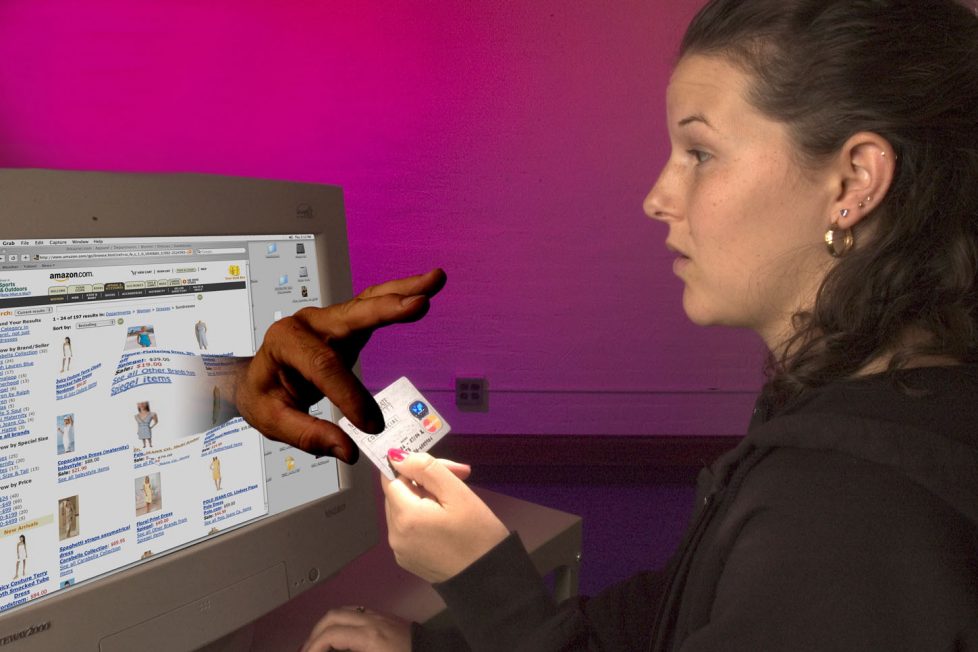How to Check Your Credit Report for Evidence of Identity Theft

Imagine finding the home of your dreams. It’s the perfect location, the perfect style, even the perfect price. Excitedly, you start the loan application process. You know this part of the process will be easy since you’ve always paid your bills on time and only have one credit card which you pay off every month in full. To your surprise, however, your application is refused because multiple credit cards have been taken out in your name, maxed out, and never paid. Your credit is ruined, and your dream home will never be a reality thanks to an identity thief.
This scenario may be hypothetical, but similar situations happen to people all over the country daily. Many people are victims of identity theft and don’t even realize it until they need to use their credit for something, such as buying a car or a home. However, it doesn’t have to be that way. If you check your credit reports yearly, you can make sure that no unauthorized activities are ruining your credit.
Now that you can receive a copy of your credit report free, the only possible excuse for not monitoring it is that you can’t understand how to read it and that’s what we’re going to discuss now.
The credit report is divided into four parts. The first part contains your personal information, such as name, social security number, and employer. You may want to check over this part for mistakes, but if you’re interested in catching identity theft activity you won’t find the evidence here.
Instead, one of your focuses should be on the second part of the report. This is your credit history, which includes a list of all your creditors. For each account, you’ll find the date the account opened, the type of account it is, the amount the account was originally for, the amount still owed, the amount of the payments, the status of the account, and your payment history. Go over each entry in this section of your report carefully. If you find any accounts which you do not remember opening, make note of them. If any information, such as amount owed, on the accounts does not match your expectations, then make a note of that also.
Once you’ve reviewed the credit history portion, you’ll find the public records section. Again, this probably won’t be of much use to you if you’re tracking down identity theft evidence because it includes liens, bankruptcies, etc. However, do make sure the information in this section is accurate. Some lenders believe that almost 80% of all credit reports do contain some types of errors and since this section is important you want it to be accurate.
The last section – the Inquiry section – should also be evaluated carefully. You see, each time you or a potential creditor checks your credit report, a note of that inquiry is made in this section. Victims of identity theft are likely to see a number of inquiries, which he or she cannot account for. Now do keep in mind that there are two types of inquiries reported in this section. The “soft” inquiries, as they are called, refer to inquiries made by potential creditors that you did not request. For example, a credit card company may check your credit history before sending you an offer for a gold card. The “hard” inquiries are the ones you need to be interested in because these are the inquires that you supposedly requested. If there’s anything on that report you don’t agree with, then make a note of it.
Once you have checked your report, contact the credit bureau and the creditors about any mistakes or discrepancies you notice. If you think you’ve been a victim of identity theft and need to know what steps to take next or if you want more suggestions on how not to become a victim, you need to read Identity Theft: A Resource Guide from PCSecurityNews.com. The ebook is available at http://www.PCSecurityNews.com.
